当前位置:网站首页>I2C summary (single host and multi host)
I2C summary (single host and multi host)
2022-07-06 09:40:00 【Running little race rabbit】
I2C In the process of use, a single host is hardware I2C Or hardware I2C It's not too hard , Understanding the timing is easy to achieve . Also, many people think that hardware I2C There are many disadvantages , In fact, this is a fallacy , Hardware I2C Better than software in stability I2C, And it doesn't take up MCU Time , Can achieve I2C interrupt . If the system has hardware I2C, Then you must choose hardware I2C. Multiple hosts I2C It's a little complicated. , It should be noted that clock synchronization and bus arbitration .
One 、I2C summary
When the master sends data to the slave : Host control SCL Signal line and SDA The signal line , The slave is just SCL Read passively when the line is high SDA Line .
When the master reads the data from the slave : The host sends a clock signal , The slave is only guaranteed when the clock signal is high SDA It's just a state of .
SDA and SCL Has been pulled up by the pull-up resistor ,master Can be controlled ( Pull down or release ) These two lines , and slaver Control only SDA Line . When master When sending data ,master Will be timely SDA and SCL Pull down or release ( pull up ). The exact timing should be like this :
When mater To send a start when ,mater Will SDA Pull it down , That's it , Because the SCL It must be High. Okay , One start It was sent out like this . and slaver You will also find this start Signal generation ,slaver Will be ready to receive the next data . Then ,master To send a Byte The data of the , Send this one by one 8 individual bits. At this time master Will be will be SCL Pull it down , And then in SCL In the low state, a bit Ready to put SDA On ( Like sending a 0,master By pulling down SDA Come and put this 0), then master Will be able to SCL pull up ( Release ), here slaver Will immediately detect SCL The change of , So smart slaver I know master The one that has been sent bit Be on it ,slaver Will be here SCL As soon as possible during the high level (maser I won't wait for you for long ) Read it SDA, Well, I read one 0,slaver Put the 0 Put it into your shift register for subsequent processing .master After a set time SCL Pull down again , And then in SCL Put the next... For the low-level period bit Put it in SDA On , Then take it. SCL pull up , then slaver stay SCL Read again during the high level of SDA..... So again and again 8 Time , One Byte The transmission of is over . When this 8 individual bit After sending ,SCL It is at low level ( By master Pulled down ),SDA It is out of high level (master Has been released SDA).
When a byte is sent ,master Will release SDA( pull up ) And pull down SCL, here slaver If you plan to send a ACK Words , It must be here SCL By master Take the initiative to lower for a short time SDA Pull down and hold ( We said before ,SDA It has been master Release , therefore slaver Only then has the opportunity to pull down this SDA).master After a certain time, it will SCL pull up , And read during the pulling up SDA The state of the line , If you read low , It is considered that it received from slaver Response (ACK), Otherwise, I think slaver No response (NACK) The one just sent Byte. This process is what we call i2c The number in the communication 9 Clock cycles . When master Finish reading this ACK / NACK after , Will again SCL Pull it down , To inform slaver: The first 9 Clock cycles have ended , You can now release SDA 了 . And then master Also you can ask the SDA Get ready for the next Byte One of the first bit. Then repeat the above process ..... perhaps ,master Maybe I want to send one next stop In the past , that master It will be here SCL For a low time will SDA Pull it down , And then SCL pull up , stay SCL The period of high will be SDA Release ( pull up ) . such , One STOP Bits are produced . You will find later SDA and SCL All high , This is the so-called bus idle !
In a word :SCL Is one-way , from master control . and SDA It's two-way ,master Can be controlled ,slaver You can also control .
When reading the above process , Always remember :SDA The data on must be in SCL It is stable during high level ,SDA The data on can only be in SCL During the low level change .( Exceptions to start and end signals )!
in addition , It should be noted that , Not every transmission 8 After bit data , There will be ACK The signal , There are the following 3 Species exception :
(1) When the slave cannot respond to the slave address ( For example, it is busy with other things and cannot respond I2C Bus operation , Or this address has no corresponding slave ), In the 9 individual SCL In cycle SDA The line is not pulled down , That is, no ACK The signal . At this time , A host sends a message P The signal terminates transmission or resends a S The signal starts a new transmission .
(2) If the slave receiver cannot receive more data during transmission , It doesn't emit ACK The signal . such , The host can realize this , So as to send a P The signal terminates transmission or sends a S The signal starts a new transmission .
(3) The host receiver receives the last byte , It won't send out ACK The signal . therefore , Release from the transmitter SDA Line , To allow the host to issue P The signal ends transmission .
Two 、I2C Bus clock synchronization and bus arbitration
I2C Bus SCL The synchronous clock pulse is generally a shift pulse sent by the master controller as serial data . whenever SDA After a stable data appears on , stay SCL Send a high-level shift pulse .
1. SCL Signal synchronization
Clock synchronization is through I2C Interface SCL Line and Implementation . What do you mean ?
If the controlled device wants the master controller to reduce the transmission speed, it can be achieved by SCL The method of actively pulling down and extending its low-level time informs the master controller , When the master controller is preparing for the next transmission discovery SCL Wait when the level of is pulled down , Until the controlled device completes the operation and releases SCL Control of the line . Since then , The master controller is actually controlled by the clock synchronization of the controlled device . so SCL The low level on the line is controlled by the clock
The device with the longest low level determines ; The high-level time is determined by the device with the shortest high-level time . This is clock synchronization , It solves I2C Speed synchronization of the bus .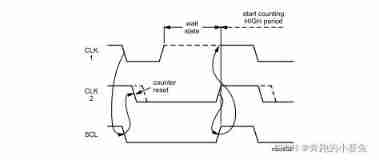
2. I2C Bus arbitration on the bus
If you are in the same I2C There are two main controllers in the bus system , The clock signals are SCK1、 SCK2, They all have the ability to control the bus . Suppose both begin to control the bus for communication , because “ Line and ” The role of , Before the bus arbitrates , Both of the main controllers will use “ Line and ” In the form of joint participation SCL Use of wires , Fast main controller 1 Wait for the lagging master 2 .
about SDA Use of online signals , The two main controllers also follow “ Line and ” To influence SDA Level change on the . Suppose the main controller 1 Data to send DATA1 by “101 ……”; Main controller 2 Data to send DATA2 by “1001 ……”. After the bus is started, the two main controllers should detect their output level every time they send a data bit , As long as the detected level is consistent with the level sent by yourself , They will continue to occupy the bus . In this case, the bus is still not arbitrated . When the main controller 1 Send the first 3 Bit data “1” when ( Main controller 2 send out “0”) , because “ Line and ” Result SDA The level on the is “0”, So when the main controller 1 Check your output level
when , You'll detect something that doesn't match yourself “0” level . At this time, the main controller 1 Had to give up control of the overall ; So the main controller 2 Become the only master of the bus .
① For the whole arbitration process, the master controller 1 And main controller 2 No loss of data ;
② Each master controller has no priority to control the bus ;
③ The bus control is then determined , They follow “ Low level first ” Principles , That is, the one who sends the low level first will control the bus .
According to the description above , “ Clock synchronization ” And “ Bus arbitration ” It can be summarized as follows :
① The master controller passes the detection SCL On the level to adjust the speed synchronization problem with the slave device —— Clock synchronization ;
② The master controller passes the detection SDA Determine whether the bus occurs based on the level transmitted by itself “ Conflict ”—— Bus arbitration .
therefore , I2C Bus “ Clock synchronization ” And “ Bus arbitration ” It is realized by the special structure of the device interface .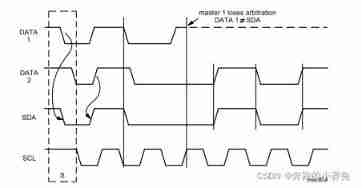
The amount of data accessed continuously is controlled by the master , Specifically, it is sent to the peripheral device “ No response signal ” To end the operation of this data . For data block “ read 、 Write operations ” Pay attention to two points :
( 1) In the read operation, the command word should be sent twice : The first one is with peripheral device address “ Write ” command (R/W=0) , The function is to write the subsequent internal address into the peripheral device “ Address counter ” in , The second is to send with peripheral devices “ read ” command ( R/W=1),
Start really “ Read operations ”. Between the two command words is a “ Start signal S” To segment the ;
( 2) In write operation , Some peripheral devices ( Such as EEPROM) Its continuous writing data is limited , Such as 24C02 The data written continuously each time cannot exceed 8 Bytes ( This is related to the number of internal input buffers ).
边栏推荐
- One article read, DDD landing database design practice
- [Yu Yue education] reference materials of power electronics technology of Jiangxi University of science and technology
- Global and Chinese markets of SERS substrates 2022-2028: Research Report on technology, participants, trends, market size and share
- Mysql database recovery (using mysqlbinlog command)
- Redis之哨兵模式
- Design and implementation of online snack sales system based on b/s (attached: source code paper SQL file)
- 【深度学习】语义分割:论文阅读:(CVPR 2022) MPViT(CNN+Transformer):用于密集预测的多路径视觉Transformer
- [shell script] - archive file script
- MapReduce工作机制
- Leetcode:608 tree node
猜你喜欢
![[deep learning] semantic segmentation - source code summary](/img/2c/50eaef4a11fe2ee9c53a5cebdd69ce.png)
[deep learning] semantic segmentation - source code summary

Servlet learning diary 8 - servlet life cycle and thread safety
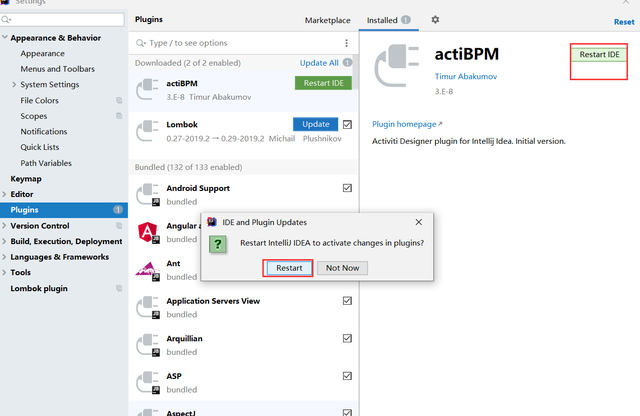
Workflow - activiti7 environment setup
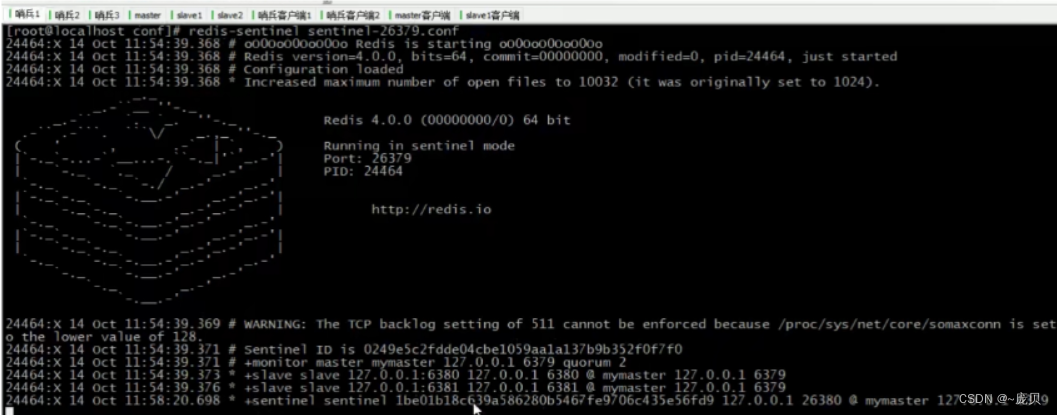
Sentinel mode of redis
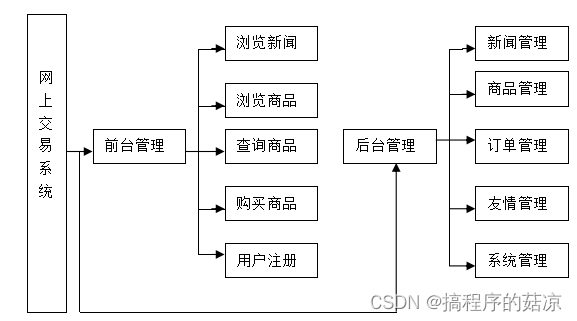
Design and implementation of online snack sales system based on b/s (attached: source code paper SQL file)

Mapreduce实例(九):Reduce端join
![[deep learning] semantic segmentation: paper reading: (CVPR 2022) mpvit (cnn+transformer): multipath visual transformer for dense prediction](/img/f1/6f22f00843072fa4ad83dc0ef2fad8.png)
[deep learning] semantic segmentation: paper reading: (CVPR 2022) mpvit (cnn+transformer): multipath visual transformer for dense prediction
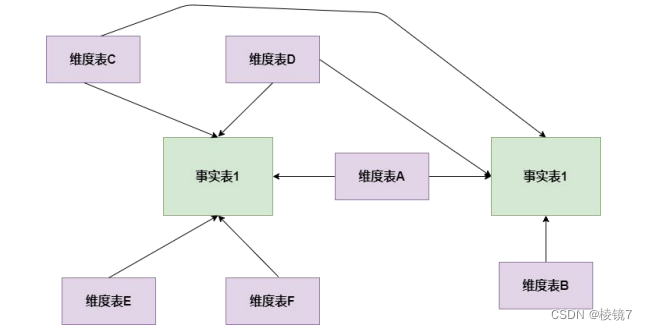
数据建模有哪些模型
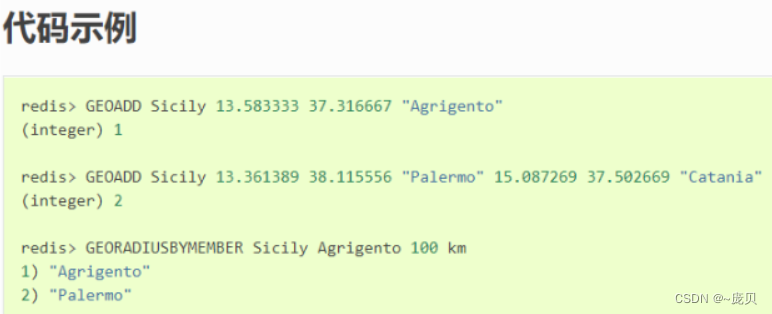
Redis geospatial

MapReduce instance (IX): reduce end join
随机推荐
Leetcode:608 tree node
数据建模有哪些模型
QDialog
MapReduce instance (IV): natural sorting
Hard core! One configuration center for 8 classes!
Use of activiti7 workflow
Reids之缓存预热、雪崩、穿透
Hero League rotation map automatic rotation
Mapreduce实例(九):Reduce端join
Publish and subscribe to redis
Yarn organizational structure
Redis之主从复制
Sqlmap installation tutorial and problem explanation under Windows Environment -- "sqlmap installation | CSDN creation punch in"
英雄联盟轮播图自动轮播
Global and Chinese market for annunciator panels 2022-2028: Research Report on technology, participants, trends, market size and share
有软件负载均衡,也有硬件负载均衡,选择哪个?
Several ways of MySQL database optimization (pen interview must ask)
Redis之连接redis服务命令
五月刷题01——数组
Blue Bridge Cup_ Single chip microcomputer_ PWM output